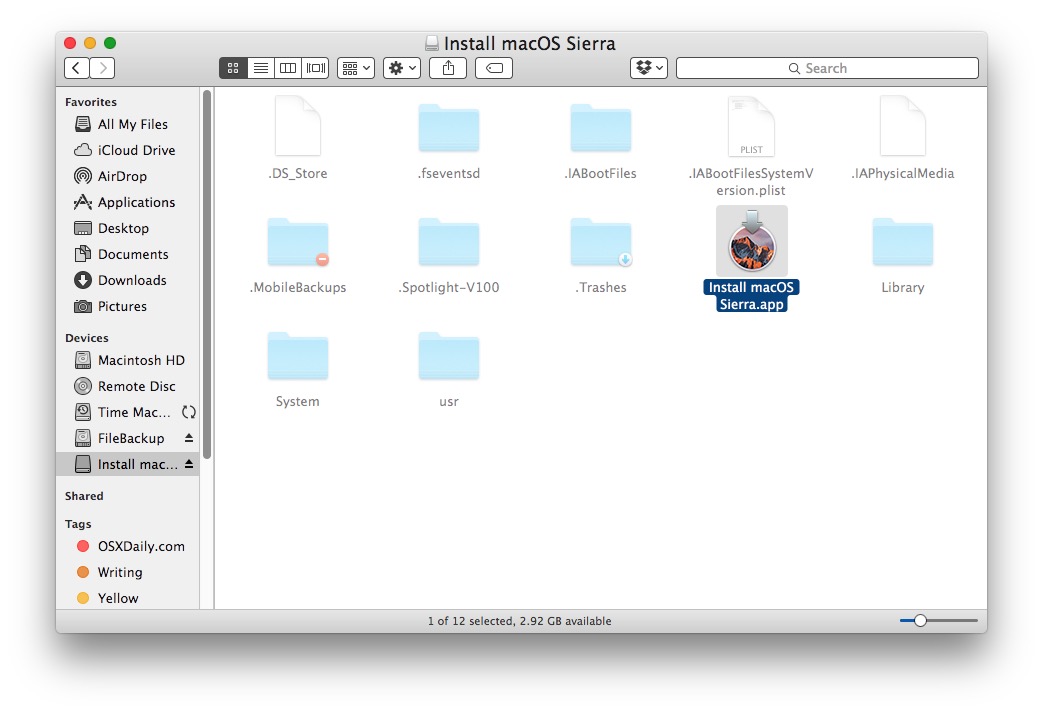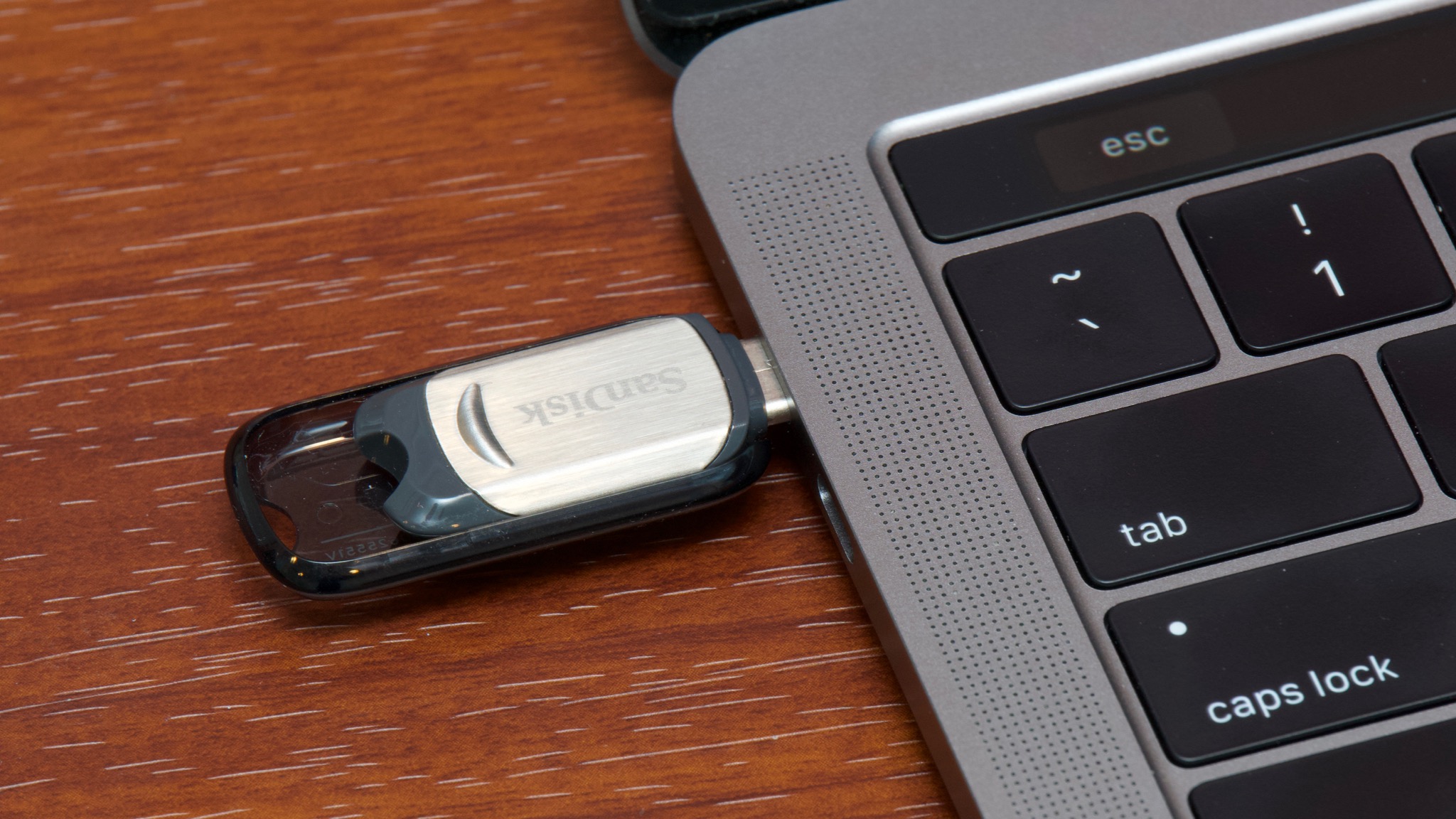

- #Make bootable usb for sierra mac os x on windows install#
- #Make bootable usb for sierra mac os x on windows upgrade#
- #Make bootable usb for sierra mac os x on windows password#
- #Make bootable usb for sierra mac os x on windows download#
again, the minimum of 2GBs of ram applies here if using a 2007/08 Mac mini.
#Make bootable usb for sierra mac os x on windows upgrade#
If you have a 2010 Mac mini or iMac still on Snow Leopard you can upgrade it to Yosemite for free. They all have a Core 2 Duo CPU and at least 2GB of ram which is required for Lion through the Mojave version of macOS. If you would like to buy, borrow or rent a used Mac mini to create your installer, the 2010 models are the best choice. Using USB 2.0 ports and mechanical drives can really slow down the creation process. When you create your USB installer on an older Mac expect it to take anywhere from 30 to 60 minutes. Old Safari versions won't pass the security requirements for most sites.
#Make bootable usb for sierra mac os x on windows download#
You should also download the newest Chrome or Firefox browser version that works on your older Mac.
#Make bootable usb for sierra mac os x on windows install#
Lion for example, requires a 64 bit Intel processor to install that edition of Mac OS X. Your older Mac or Hackintosh must have at least an Intel Core 2 Duo processor and be able to run OS X Snow Leopard or a newer version of OS X to use Unibeast for Catalina or other versions of macOS. After that, copy your custom OC EFI folder to the USB's EFI partition. Find your Sierra installer in Applications. Click through all the prompts that come up.ģ.

MacOS Sierra - Direct download of a Sierra InstallOS.dmg from Apple.ġ.

#Make bootable usb for sierra mac os x on windows password#
Sudo /Applications/Install\ macOS\ Mojave.app/Contents/Resources/createinstallmedia -volume /Volumes/ MyVolume Sudo /Applications/Install\ macOS\ Catalina.app/Contents/Resources/createinstallmedia -volume /Volumes/ MyVolume Sudo /Applications/Install\ macOS\ Big\ Sur.app/Contents/Resources/createinstallmedia -volume /Volumes/ MyVolume Sudo /Applications/Install\ macOS\ Monterey.app/Contents/Resources/createinstallmedia -volume /Volumes/ MyVolume If it has a different name, replace MyVolume in these commands with the name of your volume. These assume that the installer is in your Applications folder, and MyVolume is the name of the USB flash drive or other volume you're using.


 0 kommentar(er)
0 kommentar(er)
